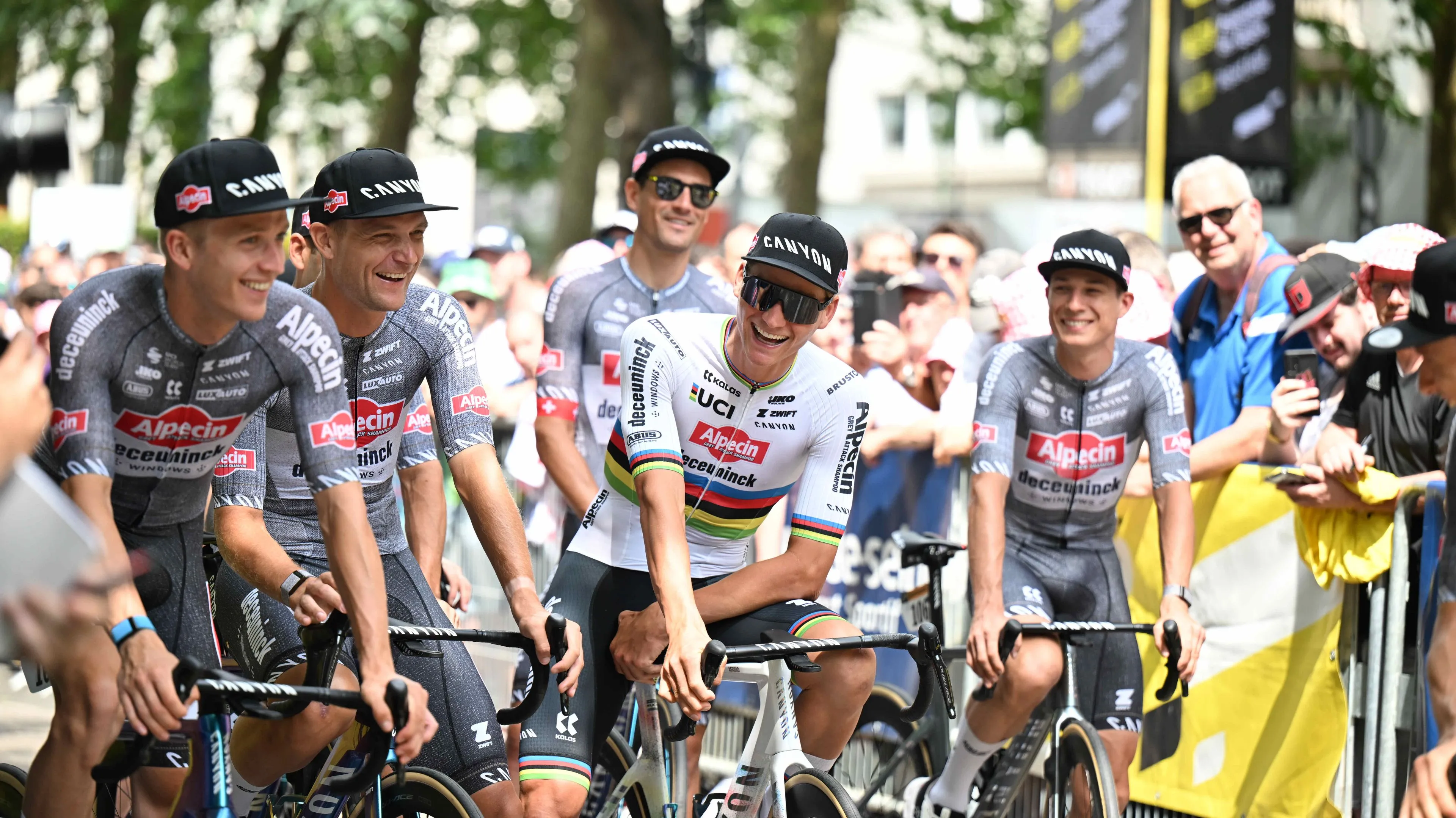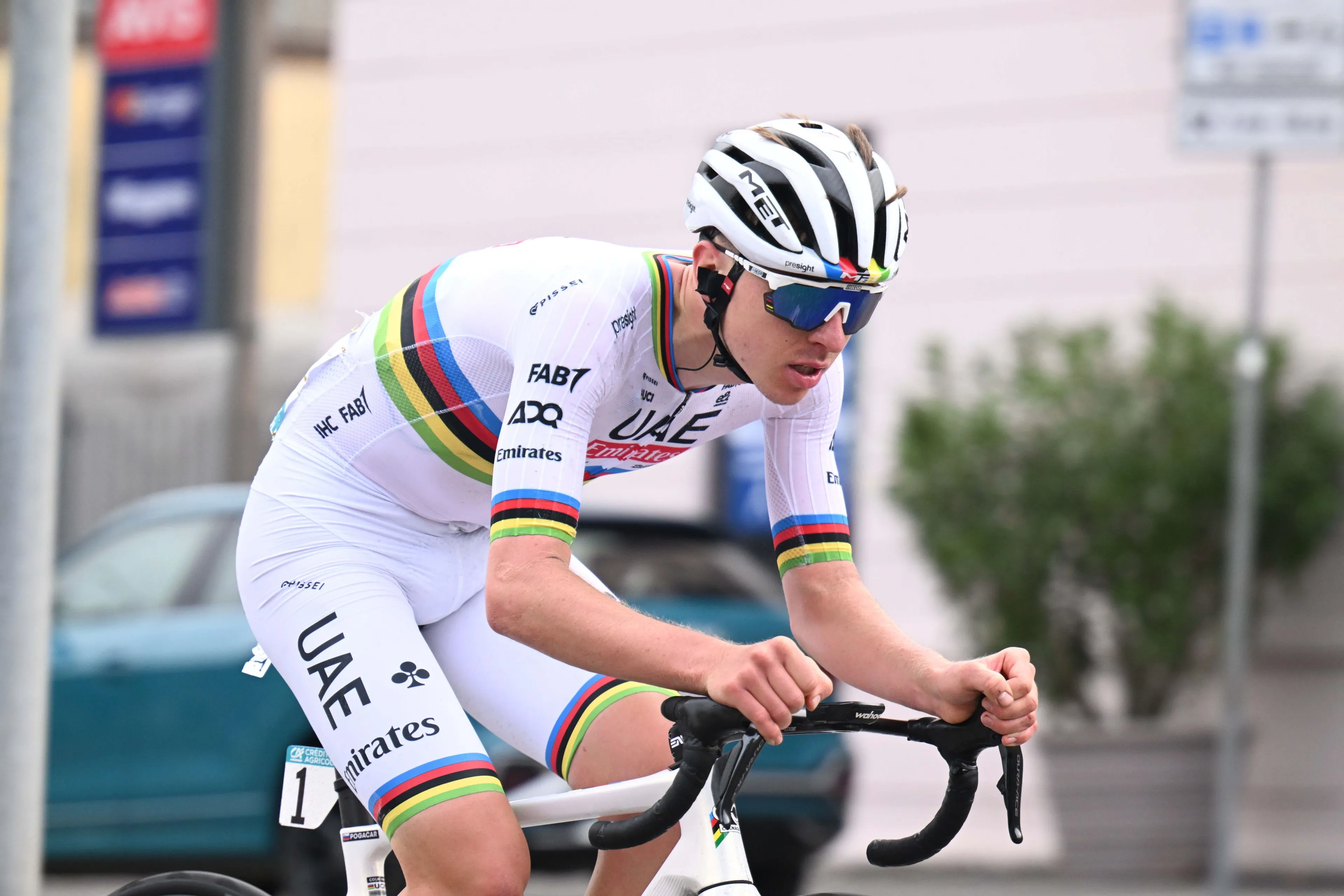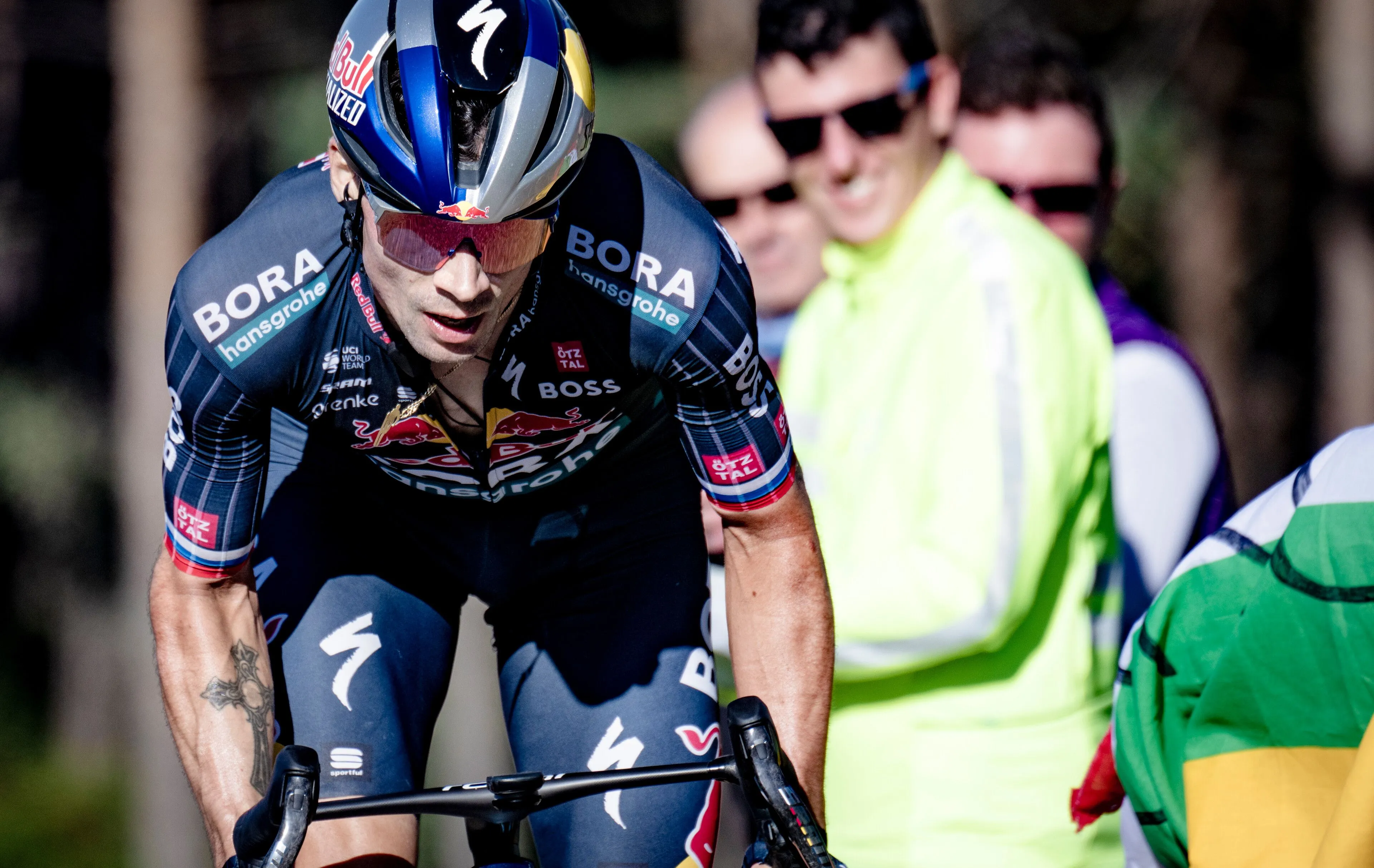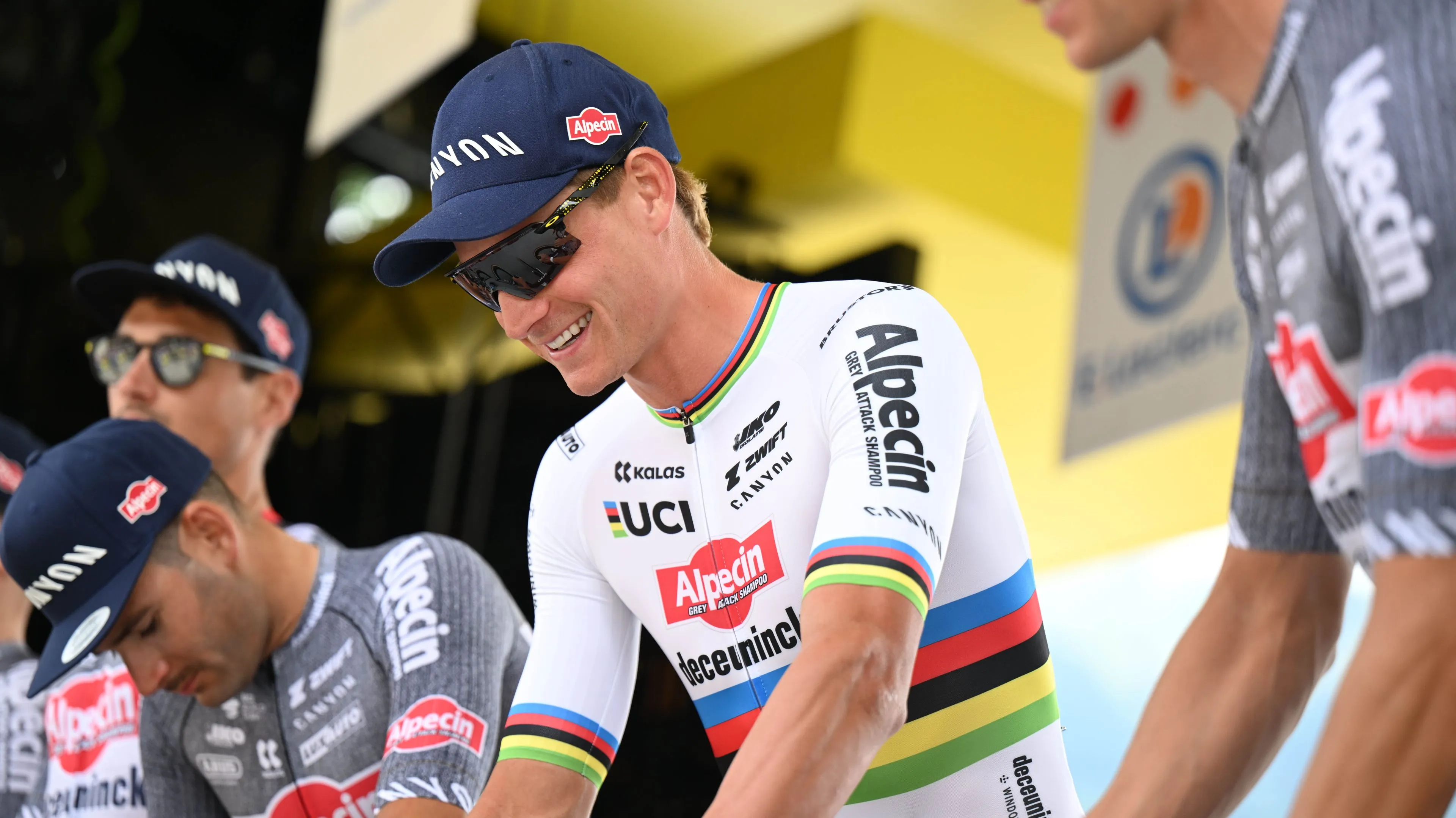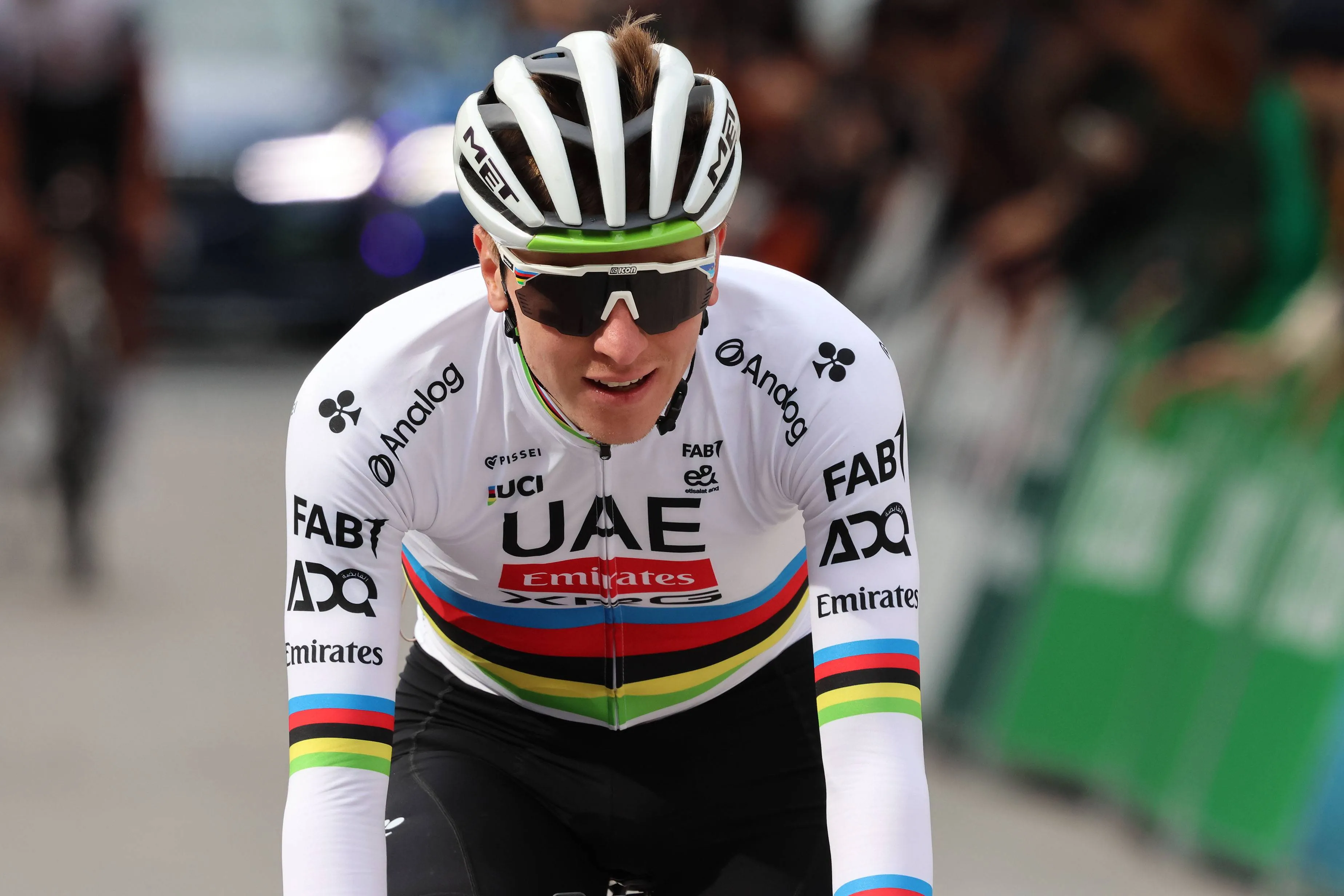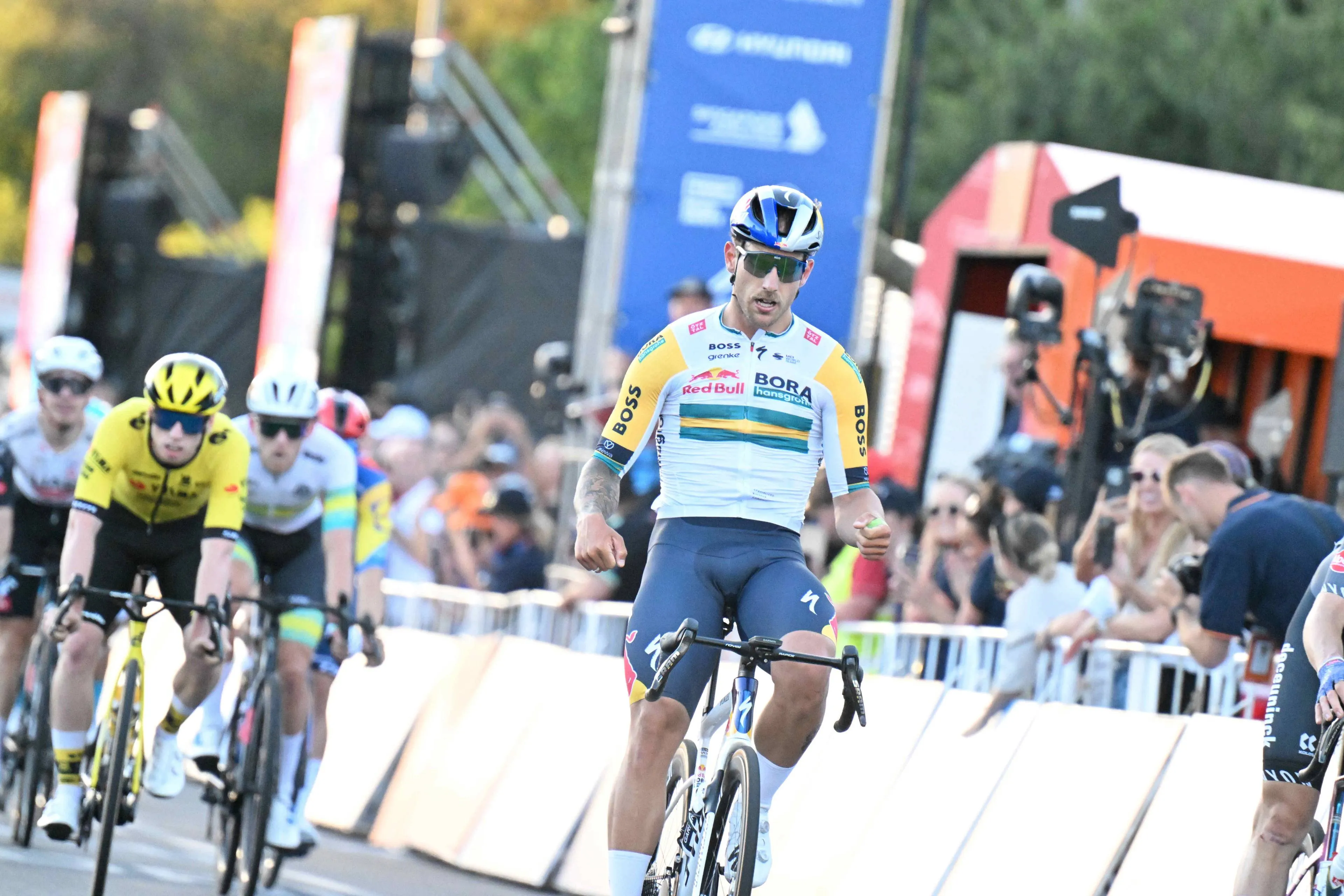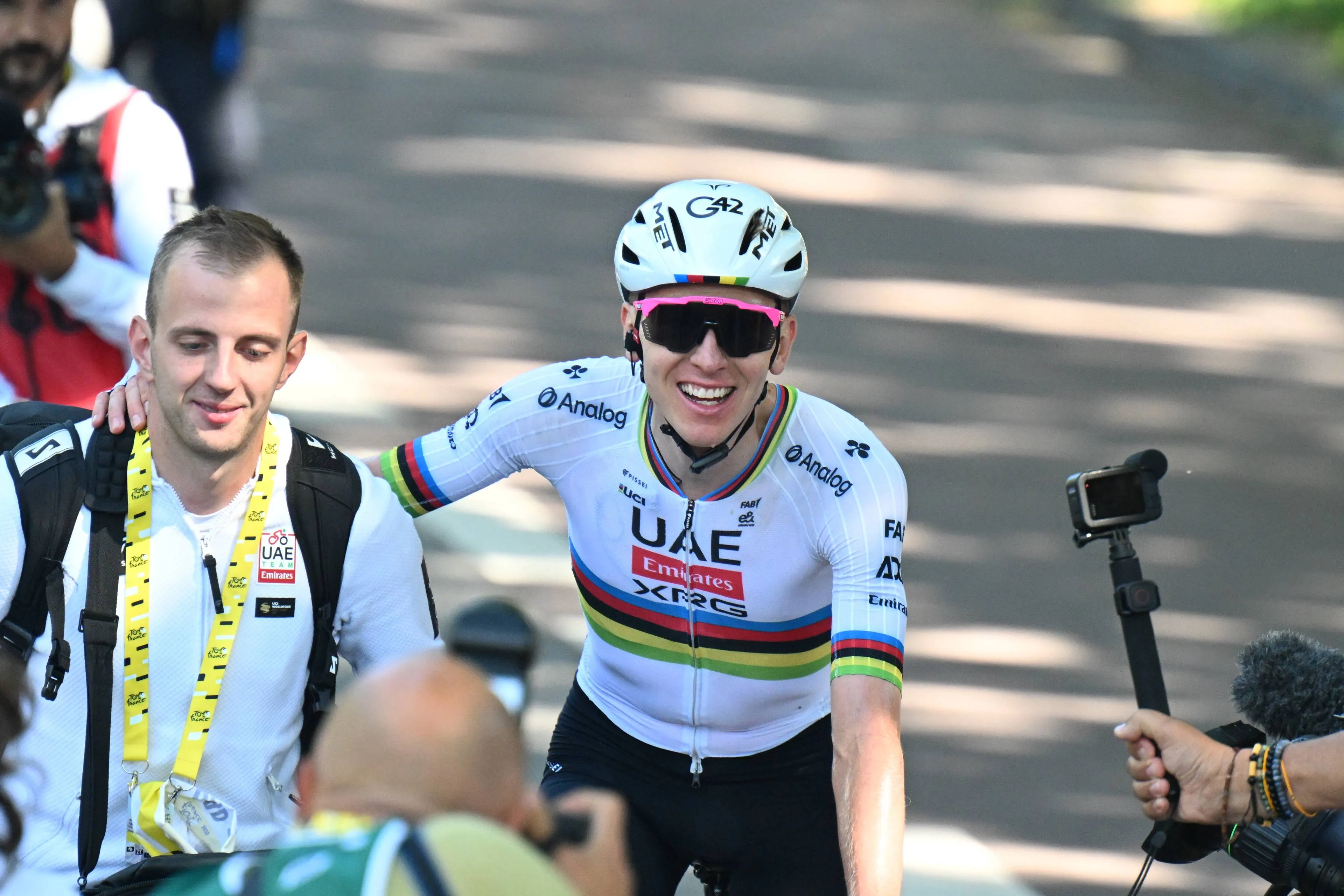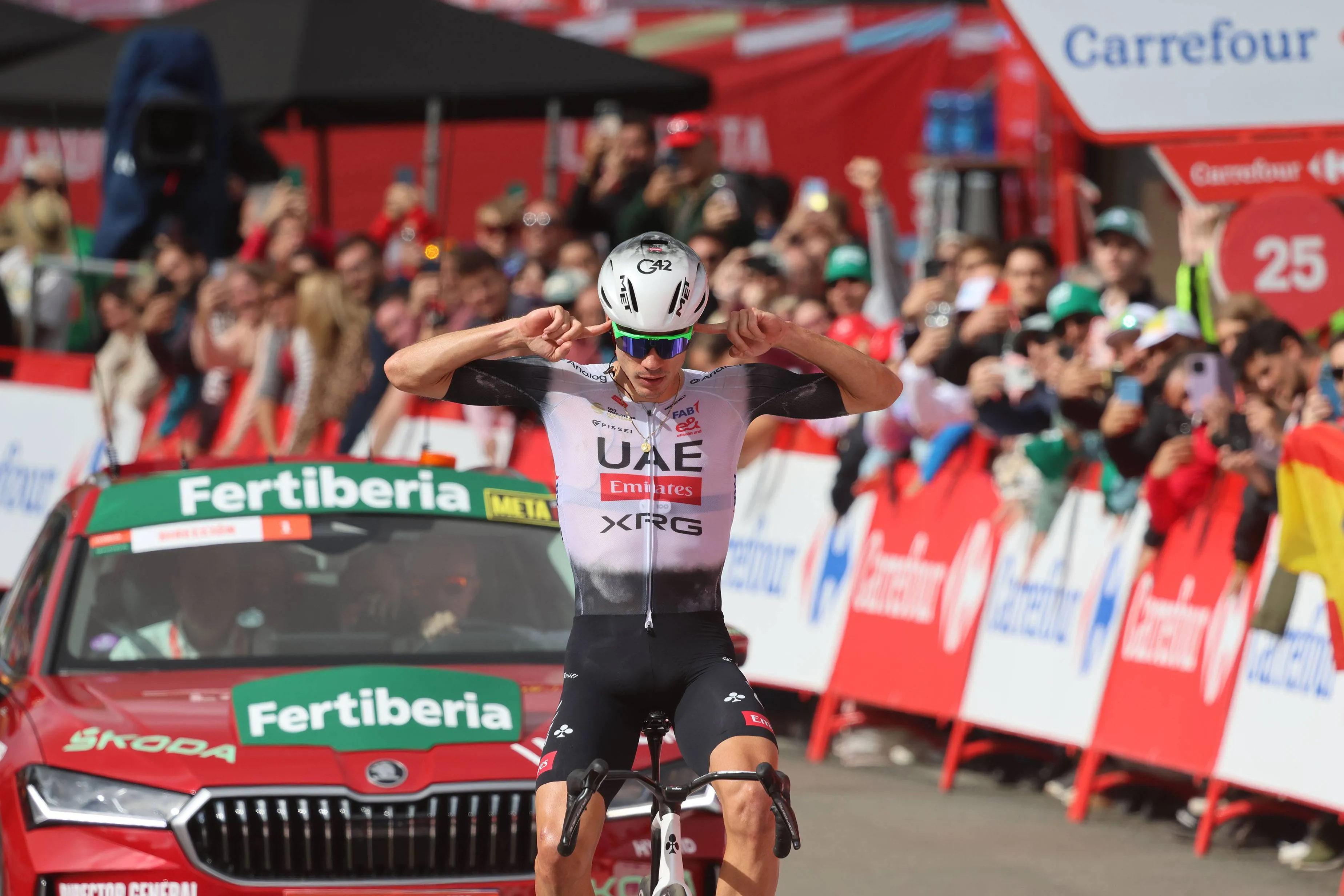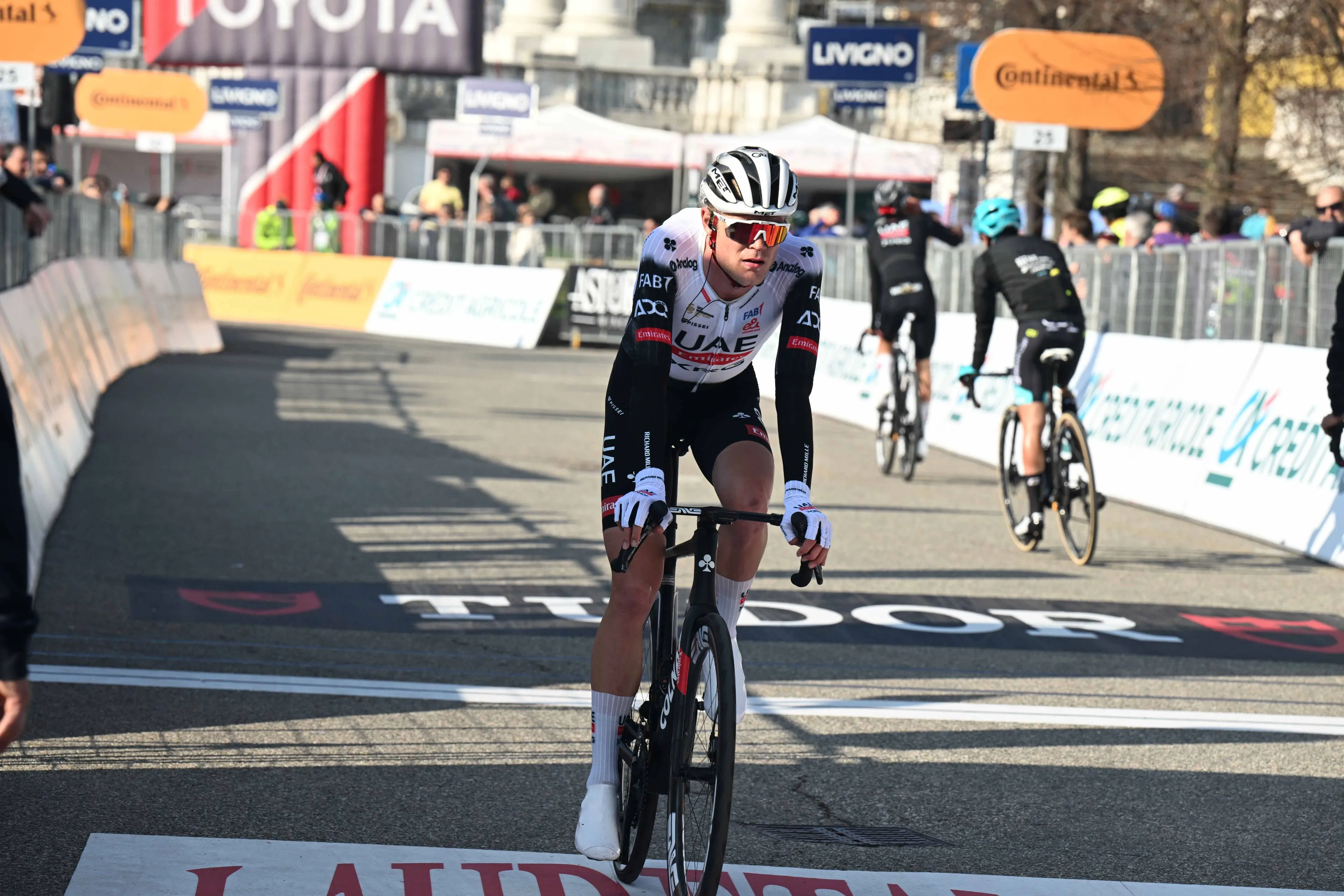First American Tour de France winner Marianne Martin seriously injured in crash
CyclingThursday, 24 October 2024 at 22:00
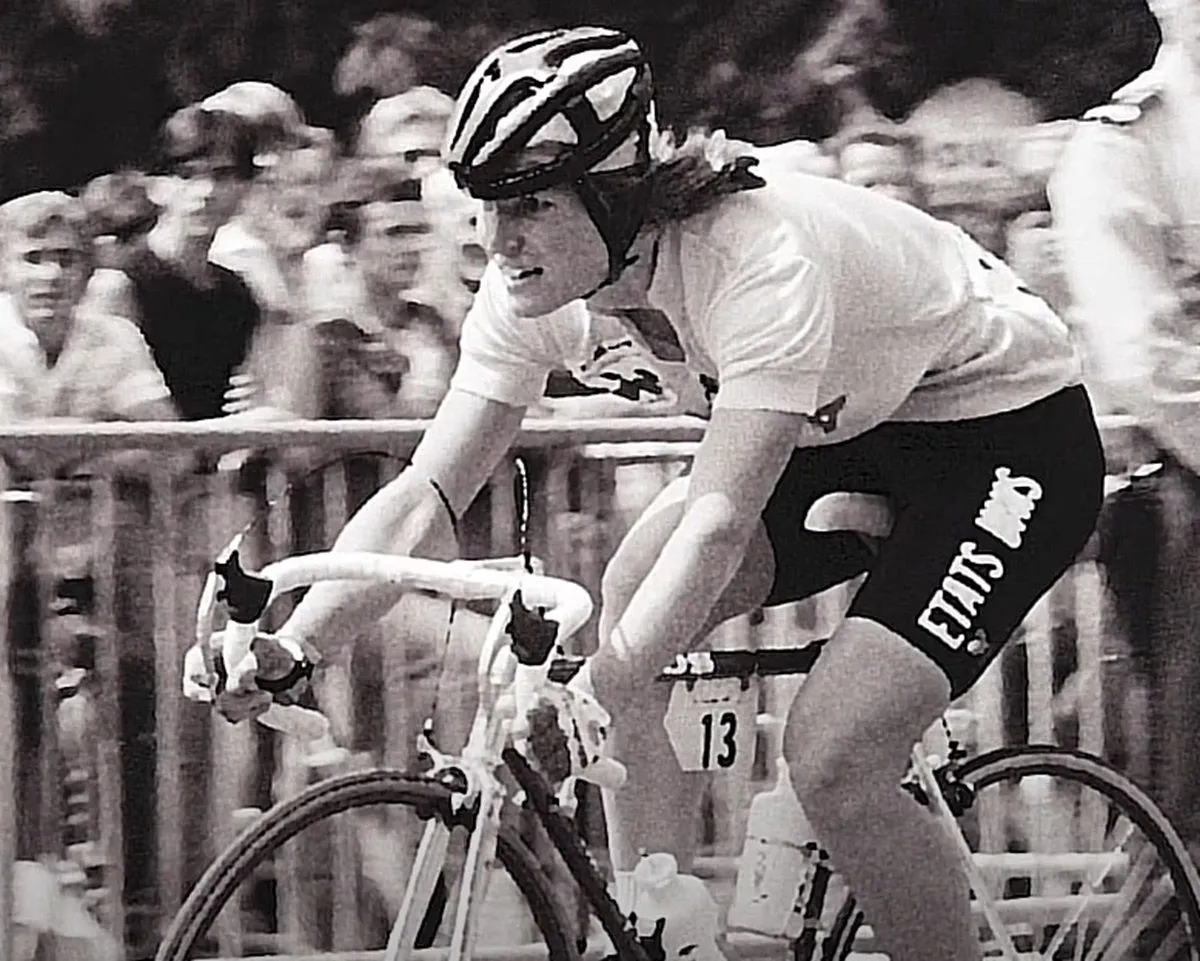
When people think of American success in the Tour de France,
two names often come to mind, Greg LeMond and Lance Armstrong. Greg LeMond is
celebrated as the first American man to win the Tour de France, with three
victories in 1986, 1989, and 1990, and his victories paving the way for a new
era of American interest in the sport. On the other hand, Lance Armstrong is
synonymous with the darker side of cycling. His doping tarnished not only his
legacy but also left a shadow over cycling as a whole.
Yet, the reality is that neither LeMond nor Armstrong was
the first American to win the Tour de France. That honour belongs to Marianne
Martin, a pioneer who, in 1984, became the first American to wear the yellow
jersey and ultimately claim victory in the Tour de France. Sadly, Martin’s
story has largely faded into obscurity, overshadowed by her male counterparts,
but her achievement remains a monumental milestone in American cycling history.
Recently, however, Martin's name has returned to the
spotlight, not because of her past glory, but due to a high speed accident whilst
cycling in Colorado.
Read also
What happened?
Earlier this month, the 66-year-old Marianne Martin was
involved in a serious crash while descending Sunshine Canyon, just outside
Boulder, Colorado. The impact left her with severe injuries: a collapsed lung,
a fractured collarbone in two places, 12 broken ribs, a concussion, and road
rash. Martin was rushed by ambulance to the hospital, where she spent several
days in the intensive care unit.
Following the initial hospitalisation, Martin underwent
surgery to install pins and plates to properly align her multiple broken ribs. The
injuries have sparked an outpouring of support from the cycling community,
leading to the creation of a GoFundMe page to aid in her recovery. The
campaign, launched last week, has already raised over $16,500, highlighting the
respect and admiration many still hold for the pioneering cyclist.
Read also
Who is Marianne Martin?
Born in 1957 in Michigan, Marianne Martin made history in
1984 when she won the inaugural Tour de France Féminin. The race ran
concurrently with the men’s Tour de France, with stages finishing two to three
hours before the men's races, allowing the same enthusiastic crowds to witness
both competitions. The 1984 Tour de France Féminin was a brutal 1,080-kilometre
race, consisting of 18 stages, which the riders completed in just under 30
hours.
Martin’s victory, celebrated by cycling fans across the
world, was historic for several reasons. She crossed the final finish line by
the Arc de Triomphe in Paris, becoming the first American winner of a Tour de
France event. However, despite this significant achievement, Martin's story did
not gain the same widespread recognition that male victories in the Tour de
France did. So why do so many still believe Greg LeMond was the first American
winner?
Read also
Women’s cycling in the 1980s faced numerous challenges that
hampered its popularity. Although European spectators warmly welcomed the
women’s Tour, the sport struggled to gain the same level of exposure and
support as men's cycling. In the wider sporting landscape, women's sports were
still in the early stages of gaining recognition, and female athletes often
found themselves in the shadows of their male counterparts.
The disparity in attention and funding led to a lack of
media coverage, sponsorship, and public awareness. As a result, figures like
Marianne Martin did not receive the acclaim they deserved. Greg LeMond’s wins,
by contrast, captured headlines worldwide, largely because the men’s Tour was
already a well-established event with a long tradition in Europe. The imbalance
between men’s and women’s sport in the 1980s offers a crucial explanation as to
why Martin’s victory is lesser-known.
The rise and fall of the Tour de France Féminin
The original Tour de France Féminin lasted just five years,
from 1984 to 1989. The 1984 edition remains notable because it most closely
mirrored the structure of the men’s race, even more so than the current Tour de
France Femmes. However, the women's race struggled to maintain momentum due to
financial difficulties and a lack of consistent support from race organisers
and sponsors. While men’s cycling continued to fill the headlines during the
Tour de France, the women’s side of the sport faced an uncertain future.

Katarzyna Niewiadoma won the 2024 Tour de France Femmes
It wasn’t until 2022 that the Tour de France Femmes was
introduced as an official counterpart to the men’s race. Even then, the modern
version is substantially shorter, consisting of only eight stages, compared to
the three-week-long men's edition. Unlike in 1984, the women's Tour no longer
runs alongside the men’s, taking place a month later in August. The lengthy gap
between the two versions of the race has sparked questions about the commitment
to women’s cycling from the sport's governing bodies.
There are several reasons why the Tour de France Femmes took
decades to return. Historically, women’s cycling has struggled to secure
consistent sponsorship and media coverage. The lack of financial backing made
it difficult to sustain high-profile races for women, and race organisers were
hesitant to take on events that they feared might not generate enough revenue.
Read also
The introduction of the Tour de France Femmes is an
encouraging step in the right direction, but the eight-stage race still falls
short of what many fans and riders envision. Legendary female cyclists like
Marianne Vos, often regarded as the greatest ever, missed the opportunity to
compete in a full-length Tour during their prime years. Vos, who has an
illustrious career that includes three Giro d'Italia wins and numerous world
titles, only had the chance to wear the yellow jersey for the first time in
2022, nearly two decades after her professional debut. For a rider of her
legendary status, this is a part of her palmares that has missed out through no
fault of her own.
Cycling in the 1980s
Aside from just the gender gap, cycling in the 1980s was a
vastly different sport. The bikes, safety measures, and racing strategies of
the 1980s were a far cry from today’s standards. Riders competed on
steel-framed bicycles, considerably heavier than the carbon fibre models used
today. Safety equipment was also minimal, with helmets not becoming mandatory
until decades later. The courses, while similar to those used today, lacked the
refined safety features and route adjustments seen in modern racing. Riders
like Martin navigated the challenging terrain with less support and fewer
resources than today’s professional cyclists, making their achievements even
more remarkable.
Read also
How does cycling compare to other sports?
The slow progression of women's cycling contrasts with other
sports, where women’s versions of major competitions have developed more
rapidly. In tennis, for example, the Grand Slam tournaments have included
women's events for many decades, and Wimbledon awarded equal prize money to men
and women in 2007. Women's marathons were introduced in the 1980s, and women's
football has seen rapid growth in recent years, particularly with the Women's
World Cup gaining global recognition.
While progress in women's sport has been uneven, the return
of the Tour de France Femmes signals a new chapter in cycling. It acknowledges
the contributions of pioneers like Marianne Martin, who should be remembered as
a legend in American sports. Her win in 1984 set the stage for the development
of women’s cycling, even if it took decades for the sport to catch up.
Read also
Celebrating Marianne Martin: A true American legend
Marianne Martin’s victory in 1984 should be recognised as a
landmark achievement in American sport. As the first American to win the yellow
jersey, Martin broke new ground, paving the way for future generations of
female cyclists. Her story is a reminder of the importance of equal
representation in sports and the need to support women’s cycling to ensure that
the sport continues to grow and gain the recognition it deserves.
It’s a true shame that disgraced riders with doping riddled
careers continue to linger in the public eye, yet true greats like Martin are not
spoken of enough. The resurgence of the Tour de France Femmes is a positive
step, but the journey is far from over. The support for events like this must
continue to grow, allowing future champions to thrive and ensuring that the
legacy of pioneers like Marianne Martin is honoured. Martin’s recent accident
and the crowdfunding appeal to aid her recovery are poignant reminders of her
enduring influence and the respect she continues to command within the cycling
community.
claps 3visitors 3
Just in
Popular news
Latest comments
- and also let’s hope he doesn’t have a wife that goes off on the team and riders.mij17-12-2025
- with all due respect to Welsford, what has he won to deserve the title “ace”. he is there in many sprints, but other than some nationals and maybe a 3rd tier race, he isn’t exactly a feared sprinter in the peloton. of course with the right team he could become a winner, but is Ineos the right team? Unlike a Quick-Step, Ineos is not exactly sprinter friendly. they don’t have a track record of developing winners at sprinting.mij17-12-2025
- Let's hope that he doesn't throw his tantrums on his teammates at Visma.
 KerisVroom17-12-2025
KerisVroom17-12-2025 - Hopefully it's for more money than his previous year. That said, he also knows that 2 even younger riders with a potentially higher ceiling could replace him. So he's still fortunate to be part of a team that wins.Veganpotter16-12-2025
- No mention to their best cyclist? Paul Magnier. Save my words.
 PAULO16-12-2025
PAULO16-12-2025 - Surprising to write an article on future of Soudal and not even mention Paul Magnier who had a superlative year in 2025. Looking forward to seeing him progress in 2026.mobk16-12-2025
- Overall, the level has gone up amongst the top 3 or 4 teams... Except for Ineos, the level has gone down.
 Front24216-12-2025
Front24216-12-2025 - So long as Tadej doesn't turn into a raging Cav or Wiggins, status quo will prevail.Colnago-fan16-12-2025
- The UCI have stated that Carboni's biological passport irregularities were from 2024, when he was riding for JCL Team UKYO. The details matter.
 santiagobenites16-12-2025
santiagobenites16-12-2025 - Well, it might sound very arrogant or like a put down. I think his words are pretty accurate and a good assessment on the physique or formOnepiece16-12-2025
Loading
Write a comment
